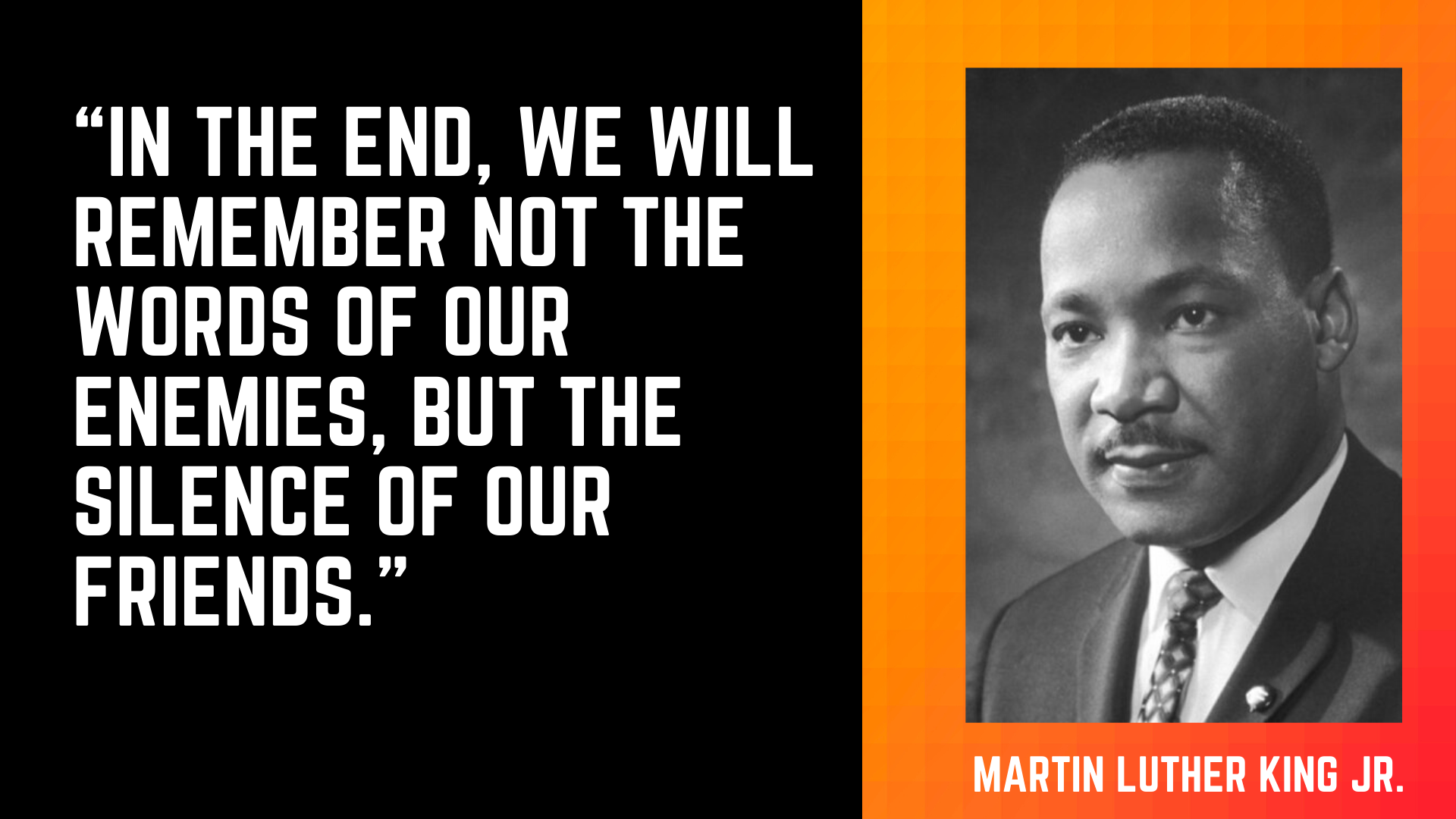It is important to speak up against hate speech as silence can suggest tacit approval or indifference to prejudice and intolerance.
Dealing with hate speech, therefore, requires a coordinated response that tackles the deep causes of hate speech, as well as its impact on victims and communities.
Prejudice can not be fought with prejudice. It needs to be countered by facts and strategies that allow people to see alternative perspectives and to perceive and interpret their worlds differently.

Countering hate speech
Responses to hate speech will depend on the context. In any situation it is important to have a clear goal – whether it be convincing, educating, shutting down, drowning out or showing solidarity for the target. Individuals and groups need to recognise that hate speech is a serious problem and be prepared to respond .
In responding to hate speech it is important to ensure the safety and wellbeing of targets and bystanders and provide a sense of belonging and connection for those affected. The focus should be on the inclusive and positive values that the community, school, or institution stands for.
Strategies
Below are some approaches to consider as a target or bystander of hate speech.
1 INTERRUPT: Do not show anger, make recriminations or lecture – just a calm, straightforward ‘Stop, it is not ok to talk like that’.
2 QUESTION: Ask simple, exploratory questions in response to bigoted remarks, eg, ‘Why would you say a hurtful thing like that?’. Unpack the prejudices and add context and information to dispel them.
3 CALL IT OUT: Denounce the words not the person – ‘I’m offended by your words because …‘
4 COUNTER AND CORRECT: Know the facts and counter hearsay, bias and rumours with reliable statistics, quotes, research, reports and facts. Develop and promote a counter narrative.
5 EMPATHISE: Provide other perspectives and encourage empathy. ‘Can you imagine how that comment feels for x‘ – Brene Brown.
6 ECHO: Amplify the anti-bias messages of others by endorsing and adding to what they are saying so that they feel supported.
7 EDUCATE: Promote critical thinking skills and share ways to identify and respond to manipulative techniques and propaganda.
8 REPORT: Encourage targets and witnesses to report hate speech so that the problem is not invisible. Report the incident to someone in authority. At school report to the Anti Racism Contact Officer or executive member of staff.
Guide to countering hate speech
Teaching Tolerance have produced a Guide to countering hate speech [pdf]. This guide offers advice to teachers about how to respond to remarks made by students and other adults and strategies for helping students learn to speak up as well.
